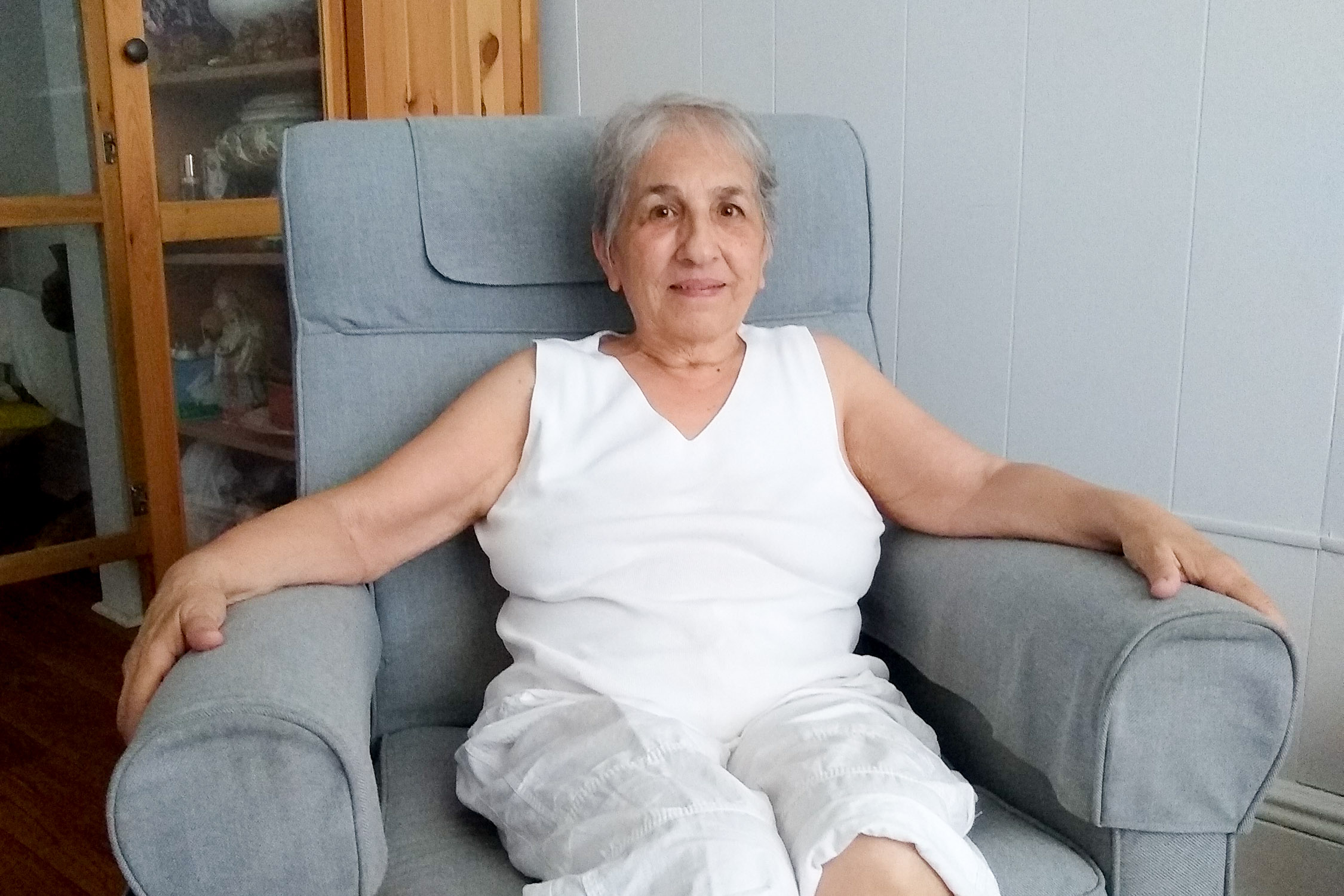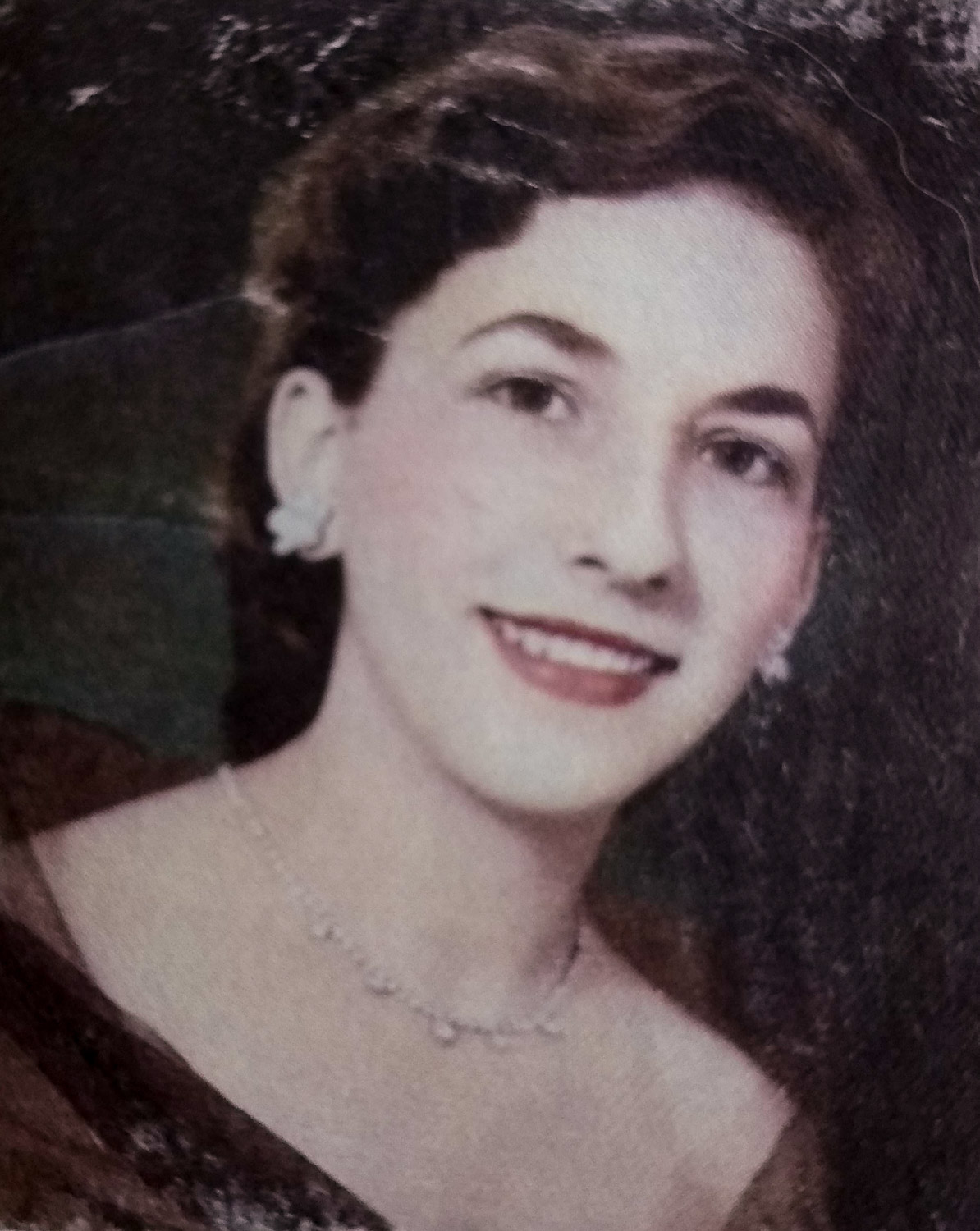HBM108: Witch of Saratoga
/Angeline Tubbs. Graphic by Jeff Emtman.
Angeline Tubbs may have been as old as 104 when she died alone in the woods, in a hut she made with her own hands. She came to America with a British officer who fought in the Battle of Saratoga (see HBM074: Benedict Arnold Makes People Nervous).
Content Note:
Language
It’s uncertain what happened to the officer, but soon after the battle, Angeline began living a hermit’s life, on the outskirts of society, alone in the forest with her cats. She foraged and hunted her food. Only rarely did she venture into the newly forming town of Saratoga Springs, where she made money by telling fortunes.
On this episode, producer Alessandra Canario walks into the woods near where Angeline Tubbs lived and died. She builds her own shelter, makes a fire, and cooks her own food. Alessandra wonders if she too might be a “witch,” due to a kinship she formed with trees as a child. But she also hears echoes of her mother’s warnings against being outside without a man for protection.
Producer: Alessandra Canario
Editor: Jeff Emtman
Music: The Black Spot, Serocell
🐑 🥩 💀 Buy our new book! 💀 🥩 🐑
Alessandra Canario camps in a homemade shelter in the woods near Saratoga Springs, New York. Photo by Alessandra Canario.
Only known photograph of Angeline Tubbs. Circa 1860. Republished in the January 30th, 1959 issue of The Saratogan.
Video by Alessandra Canario.



















